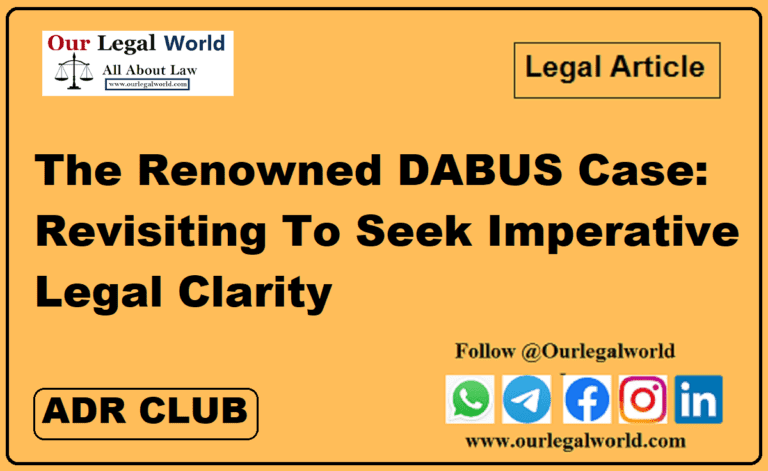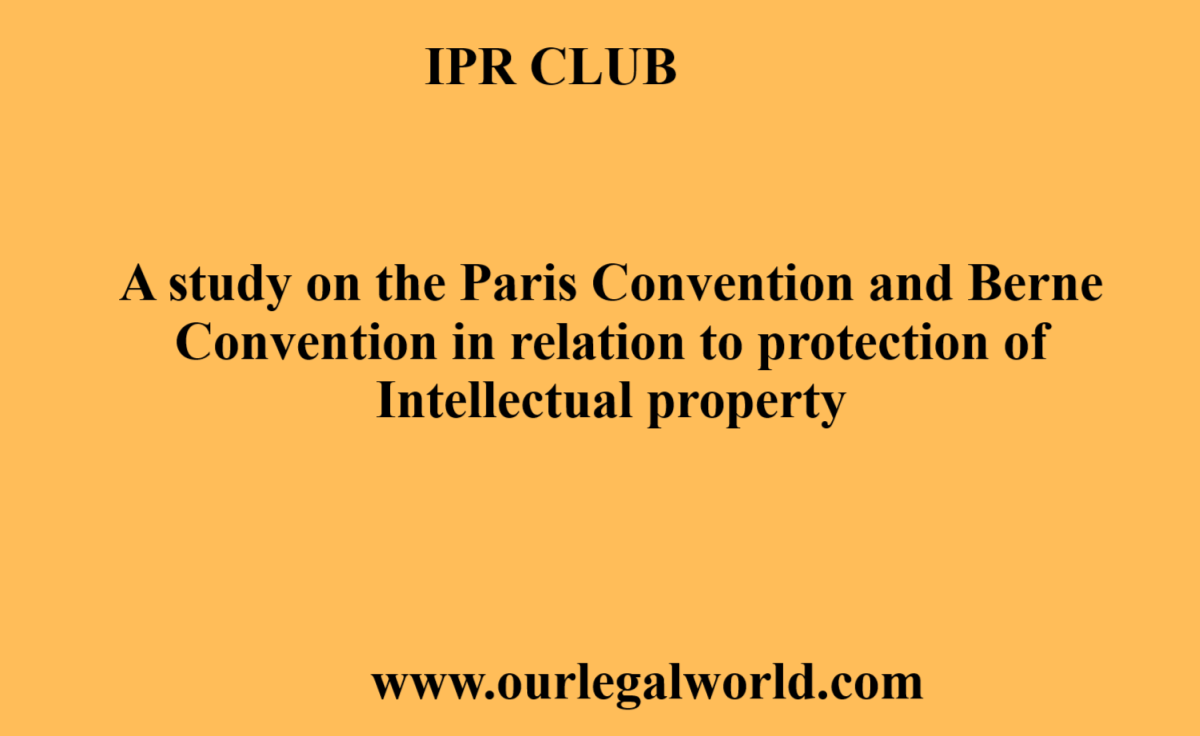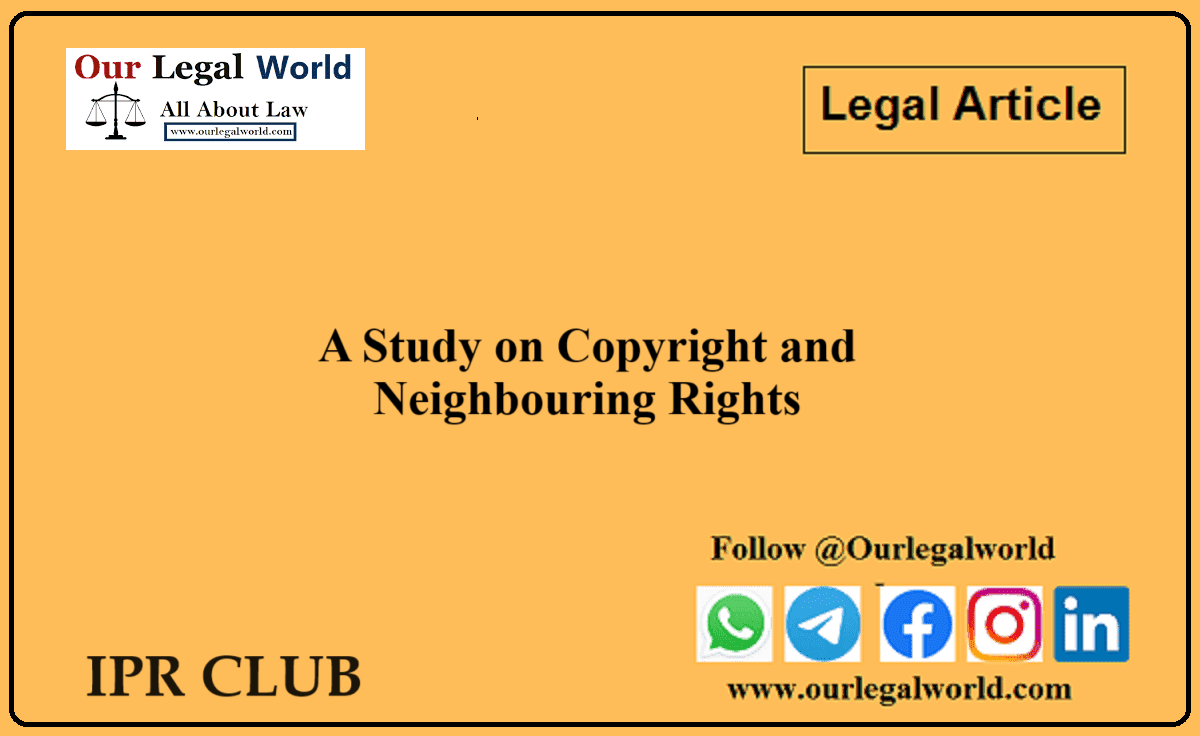Indian Council for Enviro-Legal Action v. Union of India: Polluter Pays: Case Study
Case Study : Indian Council for Enviro-Legal Action v. Union of India
Case name: Indian Council for Enviro-Legal Action v. Union of India
Citation: 1996 AIR 1446
Court name: SUPREME COURT OF INDIA
Petition: WRIT PETITION (C) No. 967 of 1989
Facts of the case:
This writ petition was filed by an environmentalist organization “Indian Council for Enviro-Legal Action ”under Article 32 of the Constitution of India to draw attention towards the issues of pollution faced by the folks living within the proximity of chemical industrial plants in India. This petition relates to the suffering of individuals of village Bichhri in Udaipur District of Rajasthan. The matter began when Hindustan Agro Chemicals Limited (HACL) (Respondent No. 4), started manufacturing certain chemicals like Oleum (concentrated form of Sulphuric Acid) and Single Super Phosphate. Respondent No. 4, Silver Chemicals (Respondent No. 5), Rajasthan Multi Fertilizers (Respondent No. 6), Phosphates India (Respondent No. 7), Jyoti Chemicals (Respondent No. 8) were controlled by the same group and that they were called chemical industries. These industries were settled inside the territorial limits of the village Bichhri. Silver Chemicals (Re-5) and Jyoti chemicals (Re- 8) were engaged within the production of ‘H’ acid. It’ s manufacture is stated to have been banned in the western countries. However, the requirement of ‘H’ acid continues within the west which need is fulfilled by the industries like Silver Chemicals and Jyoti Chemicals. It was mentioned that the toxic wastewater and sludge was thrown in an open field area of the village. Because of this negligent act, the toxic substances have percolated deep into Mother Earth 350 hectares of agricultural land, various tube wells and alternative water resources. Further the pollution caused disease, death and disaster in the village and near areas. A matter was raised within the Parliament also and the respected Minister ensured that the action was taken, however nothing significant was done on the spot. The people of the village peacefully protested that resulted in the imposition of Section 144 of the Criminal Procedure Code by the District Magistrate and also the closure of Silver Chemicals (Re-5). Though Re-5 and Re-8 are closed down, the implications of their act still exist.
The Rajasthan State Pollution Control Board (RSPCB) stated that Hindustan Agro Chemicals Limited (Re-4) obtained a No Objection Certificate (NOC) from RSPCB for the production of Sulphuric Acid and Alumina Sulphate however instead it took producing of Oleum and Single Super Phosphate. Jyoti Chemicals (Re-8) applied for NOC for manufacturing Ferric Alum, however started manufacturing ‘H’ acid instead. Silver Chemicals (Re-5) also produced ‘H’ acid. Phosphate India (Re-7) and Rajasthan Multi Fertilizers (Re-6) were opened with none kinds of NOC’s.
A study conducted by the Centre for Science and Environment stated that the pollution caused by these chemical industries have turned the water in as several as 77 wells into the color of dark low rendering it unfit for human consumption.
Orders passed throughout the course of year 1989 to 1994:
1989
- Filing of Original Writ Petition [Writ Petition (C) No. 967 of 1989.
1992
- Court held Re-5 to 8 liable for discharging the hazardous waste.
- Court directed the Ministry of Environment and Forest (MOEF) to depute its specialists immediately to examine the village and nearby area and suggest the handling and disposal procedure.
- Court made an order for entombing the sludge below the supervising of the Officers of MOEF.
- Court asked the National Environmental Engineering Research Institute (NEERI) to survey the village and near areas.
1993
- HACL (Re-4) filed a Writ Petition (C) No. 824 of 1993 in the name of Hindustan Agro Chemicals Limited and Anr. v. State of Rajasthan and Others challenging the closure of its plants under Section 33A of The Water (Prevention and Control of Pollution) Act, 1974 and under Section 31A of The Air (Prevention and Control of Pollution) Act, 1981.
- Court directed that samples ought to be taken of the entombed sludge and also of the water from the wells and sent for analysis
- Environment Specialists of MOEF submitted its report.
- RSPCB in the exercise of their power under Section 33A of the Water Act 1974 ordered the closure of Respondent No. 4 and disconnection of the electricity supply.
1994
- Respondent No. 4 once more filed a Writ Petition (C) No. 76 of 1994 challenging it’ s closure.
- The court ordered RSPCB to restart HACL in respect of the same Petition.
- RSPCB asked the Re-4 to submit a sum of Rupees Sixty Thousand that was to be used for the construction of temporary tanks in the said industry.
- The report submitted by NEERI stated that the restoration value was Rupees 37.385 crores.
Issues:
- Does the rule in Rylands v. Fletcher apply or is there the other principle on that the liability may be determined?
- What is the measure of liability of companies which are engaged in a hazardous or inherently dangerous industry, if by reason of an accident occurring in such industry persons die or are injured?
Judgment:
- While answering the challenging question the court heavily relied on the observations of the Constitution Bench Judgement in C. Mehta and Another v. Union of India and Others (1987) 1 SCC 395 popularly called Oleum Gas Leak Case. The rule of absolute liability was evolved in India after this case. The case of M.C Mehta rely on the principle of strict liability however with no exception got and also the individual is made absolutely liable for his acts. According to the rule of absolute liability, if any person is engaged in an inherently dangerous or hazardous activity, and if any harm is caused to any person due to an accident which occurred during carrying out such inherently dangerous and hazardous activity, then the person who is carrying out such activity will be absolutely liable.
- The court for the first time applied the principle of Polluter Pays. Under this principle, it’s the polluter who must not only compensate the victims of the pollution, but also pay the prices and expenses of restoring the environmental degradation. In other words, the responsibility to undo the harm caused to the environment and pay the clean up costs is that of the polluter, and not that the future generations or perhaps of the Government. This is often so because if the Government were to bear such costs, the financial burden would ultimately be shifted to the tax-payer, i.e. the non polluter. The Supreme Court observed thus, once the activity carried on is hazardous or inherently dangerous, the person carrying on such activity must make good the loss which is caused to other person, no matter whether or not reasonable care was taken when carrying on such an activity. The Polluter Pays Principle thus imposes absolute liability in such cases.
- The court in the final decision dismissed both the petitions filed by the Re-4.
- After hearing the learned counsels for the parties at length, the Court gave the subsequent directions:
- The Central Government shall determine the amount required for carrying out the remedial measures. Just in case of failure of the said respondents to pay the said amount the same shall be recovered by the Central Government in accordance with law. Further the Court directed that the factories, plants, machinery and all the other immovable assets of Re-4 to Re-8 shall be attached.
- The Court ordered the closure of all the plants and factories of Re-4 to Re-8 located in the Bichhri Village and directly RSPCB to seal all the factories, plants, machinery of the said respondents.
Case Study: Minerva Mills v. Union of India, AIR 1986 SC 2030
Follow up Judgment:
In 2011, almost 15 years after passing the ultimate judgment in Indian Council for Enviro – Legal Action v. Union of India (1996), the judgment wasn’t enforced. So, a Writ Petition was filed in the Supreme Court in the same name “Indian Council for Enviro-Legal Action v. Union of India”(2011) 8 SCC 161 arguing that respondents kept filing various interlocutory applications to avoid the liability to pay the amount for remediation and costs imposed by the court on the settled judicial doctrine that Polluter Pays Principle. The Supreme Court thus observed:
- A person in wrongful possession shouldn’t only be aloof from that place as early as possible but be compelled to pay money for wrongful use of that premises. Any leniency would seriously affect the credibility of the system.
- No litigants can derive benefit from the mere pendency of a case in an exceedingly Court of Law.
- A party cannot be allowed to take benefits of his own wrong.
On the above observations, the Apex Court ordered the applicant industry to pay Rs.37.385 crores together with compound interest @12% per annum from November 14, 1997 till the amount is paid or recovered. The applicant industry is additionally directed to pay the price of litigation.
In addition, the Supreme Court directed applicant industry to pay cost of Rs.10 Lakhs which might be utilized for concluding remedial measure in the village Bichhri and surrounding areas in Udaipur.
References:
- Indian Council for Enviro-Legal … vs Union Of India And Ors 1996
- https://indiankanoon.org/doc/1818014
- https://www.advocatekhoj.com
- Water (Prevention and Control of Pollution) Act, 1974
- https://www.advocatekhoj.com
- Air (Prevention and Control of Pollution) Act, 1981
- https://www.academia.edu › Enviro
- (DOC) Environmental-law-case-study







![Tax Law Internship Opportunity at Legum Attorney [Chamber of Ashish Panday], Delhi [Tax Litigation]: Apply by 2nd November](https://www.ourlegalworld.com/wp-content/uploads/2024/10/Legum-Attorney-Intern.png)
